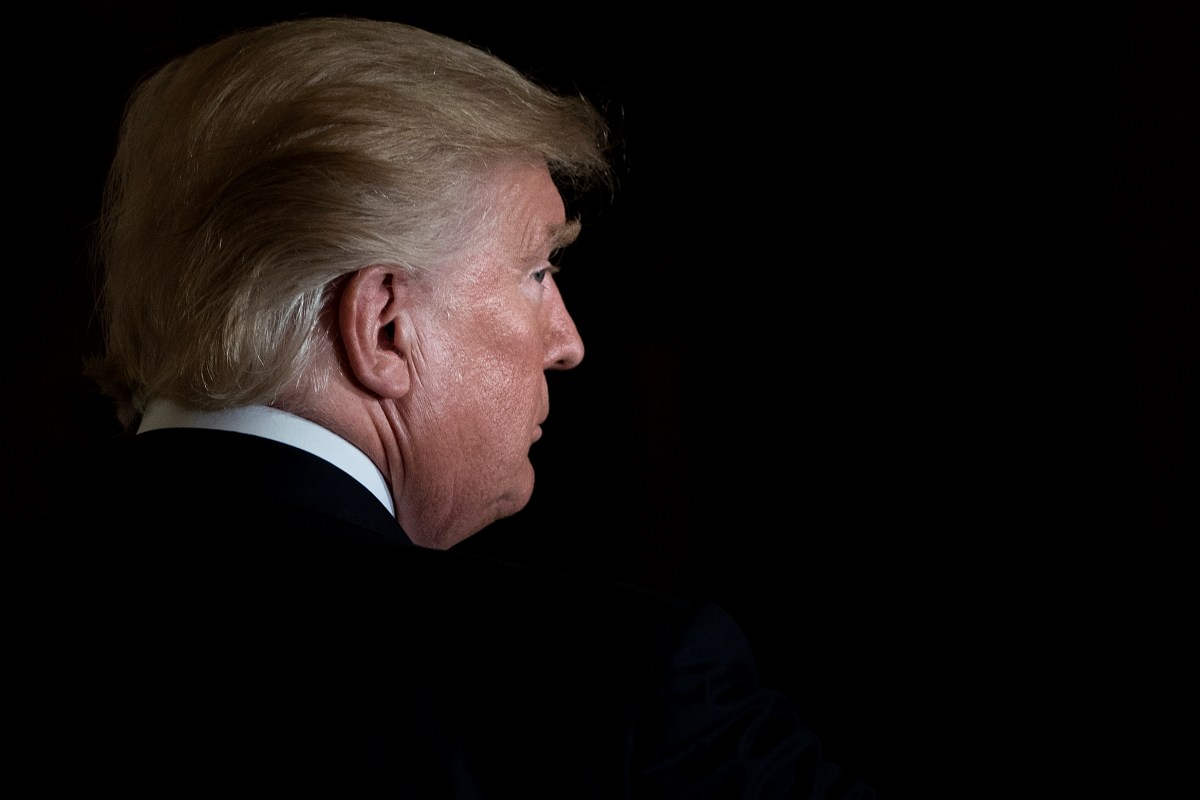It’s not perfect, though. It’s easy enough to ignore the low-res screen, but it doesn’t get very bright, so reading the display on sunny days can be tough. The device itself feels very plasticky and attracts a lot of fingerprints on the back, so you’ll want to clean it regularly. The main camera can snap some decent shots during the day, but it’s quite lackluster in low light. Overall, these flaws don’t detract from the Galaxy A13 5G’s value. It’s a pretty cheap phone that just works.
Works on all three major US carriers.
This OnePlus (7/10, WIRED Recommends) won’t work on Verizon and only supports 4G LTE on AT&T, but it’s an otherwise excellent 5G phone that delivers impressive specs. That includes an AMOLED screen (rare at this price) and great performance. It has a headphone jack, NFC, and a MicroSD card, plus it will get three years of security updates. Downsides? The cameras are only passable, and the A13 will only be updated to Android 12.
Best Under $200 (and Best Battery Life)
Want the longest possible battery life? Two days is pretty great from the Pixel 5A or Galaxy A32 5G above, but Motorola’s Moto G Power (2021) can last around three full days on a single charge, thanks to its 5,000-mAh battery. It used to retail for $250 but is now almost always $150, which makes it an even better value.
The Snapdragon 662 chip inside with 4 gigs of RAM is perfectly adequate; you’ll be able to run all your apps and most games just fine. The 720p LCD display isn’t as nice as our other picks, but it still gets bright enough to see it in sunny conditions outdoors. Similarly, the rear camera system fares well during the day, but it’s not as good as the Pixel 5A in low light.
It only comes with 64 gigabytes of storage, so you’ll want to make use of the MicroSD card to add more space. There’s a headphone jack and a fingerprint sensor too, but no NFC. That means you can’t use this phone to make contactless payments with services like Google Pay. The biggest downside? Motorola will offer just one more year of security updates, and this device won’t be updated to Android 12. This might be a deal-breaker for you, and that’s totally understandable.
You might be wondering why I didn’t recommend the newer Moto G Power 2022. That’s because after running benchmark tests, I confirmed my suspicions that performance on the newer handset is markedly worse than the 2021 version (Motorola switched to a lesser Mediatek chipset). It’s very sluggish, and the results from the camera also felt like a downgrade. It does last three full days, but as long as the 2021 Moto G Power is still available, I think it’s a better buy.
Works on all three major US carriers.
Not to be confused with the Moto G Stylus 5G, the Moto G Stylus 2022 is the lesser version that lacks 5G support and NFC for contactless payments. It’s an otherwise perfectly fine phone, as I noted in my review, but it’s not an upgrade over its predecessor in any way. It performs well enough to run most apps and games, you get nearly two-day battery life, and it will get three years of security updates (but one OS upgrade to Android 12).
There are only two phones in this guide that support wireless charging: the iPhone SE 2022 and the Nokia XR20 (7/10, WIRED Recommends). If you want the convenience of not having to plug in a charger to juice up your phone, that’s a good enough reason to spring for the XR20. (Read our Best Wireless Chargers guide for some recommendations.) It also happens to be a rugged smartphone without looking too gaudy or too thick. I dropped it onto the sidewalk three times during my testing and it barely got scuffed up (though that’s no guarantee it’ll survive every drop).
It regularly dips to $500 or less, which is why it has found a place in this guide. I was positively surprised when I tested the XR20 late in 2021. You get pretty reliable performance with the Qualcomm Snapdragon 480 5G, day-long battery life, a bright LCD screen, and dual-SIM support, which isn’t common on most phones sold in the US. There’s even a headphone jack, which is rare to see on pricier phones, along with an IP68 water- and dust-resistance rating.









![President Trump Gives Barron Trump A Shout Out At His Inaugural Party—Barron’s Unexpected Response is Pure Gold! [VIDEO] | The Gateway Pundit President Trump Gives Barron Trump A Shout Out At His Inaugural Party—Barron’s Unexpected Response is Pure Gold! [VIDEO] | The Gateway Pundit](https://www.thegatewaypundit.com/wp-content/uploads/2025/01/barron-trump-crowd-.jpg)









































![Miles Morales Premium Format Figure By Sideshow Revealed! [EXCLUSIVE] Miles Morales Premium Format Figure By Sideshow Revealed! [EXCLUSIVE]](https://static1.srcdn.com/wordpress/wp-content/uploads/2022/06/Miles-Morales-Marvel-Sideshow-Header.jpg)






